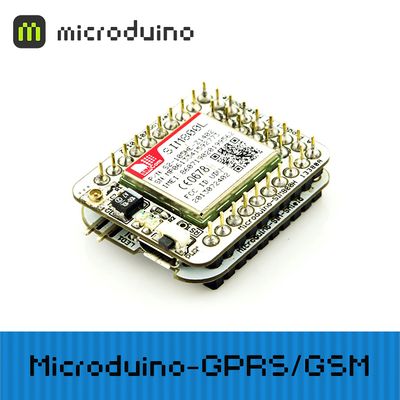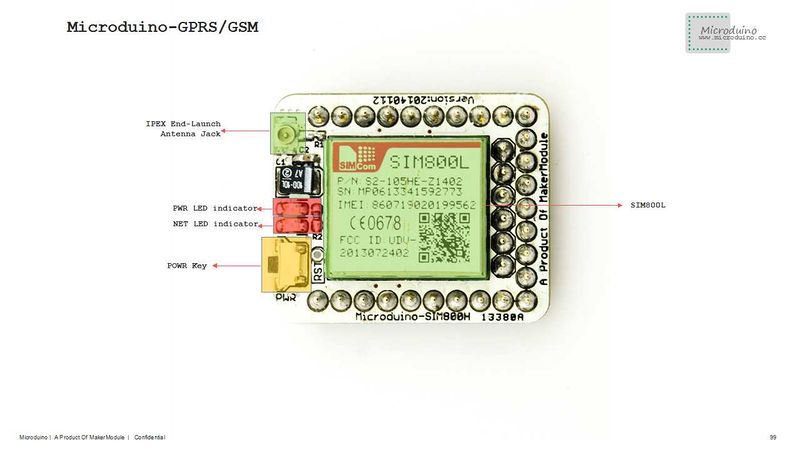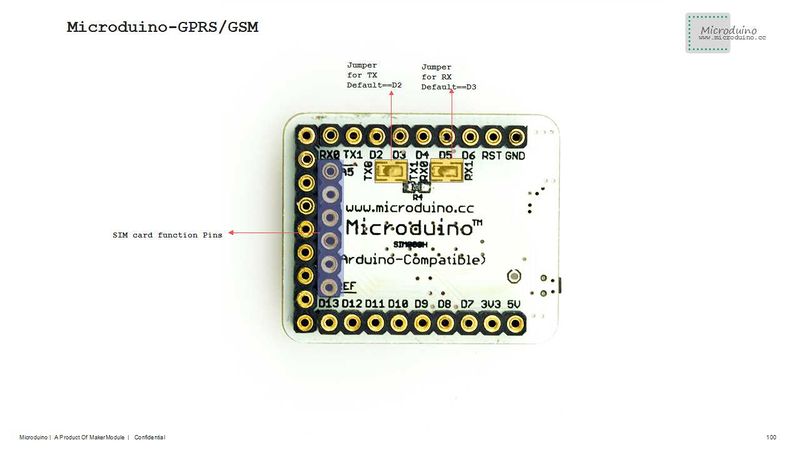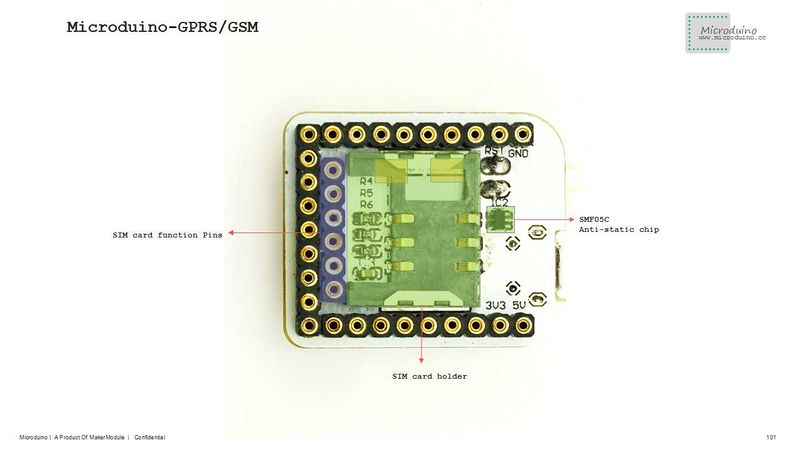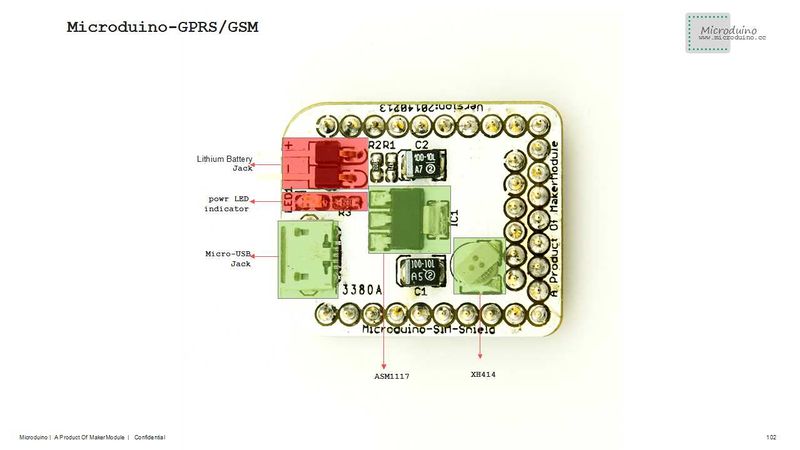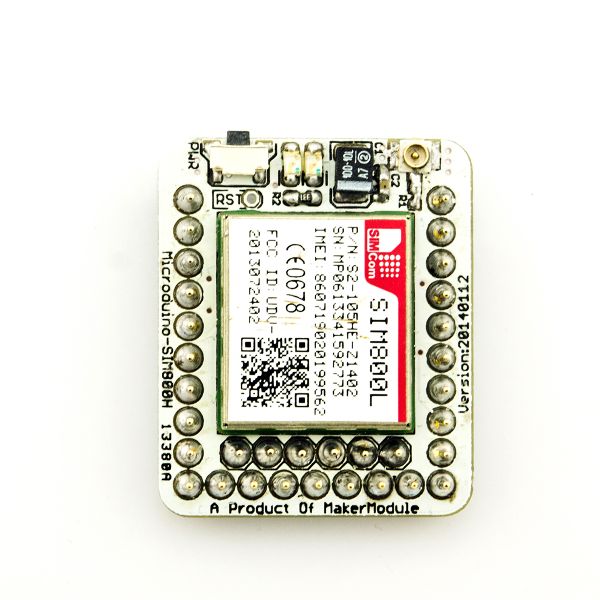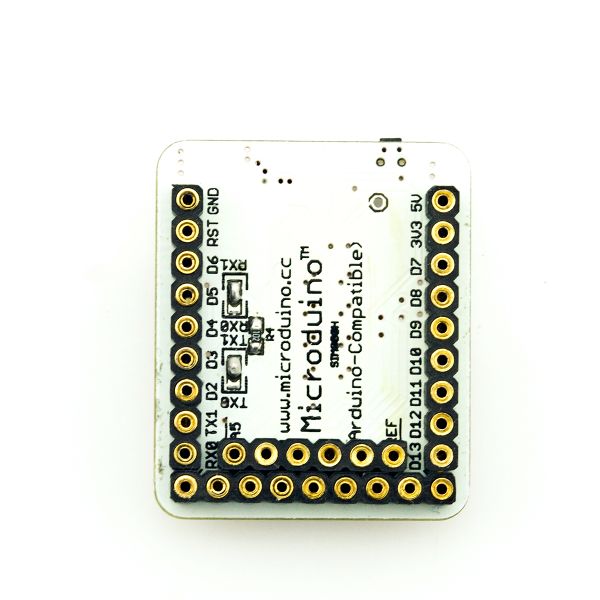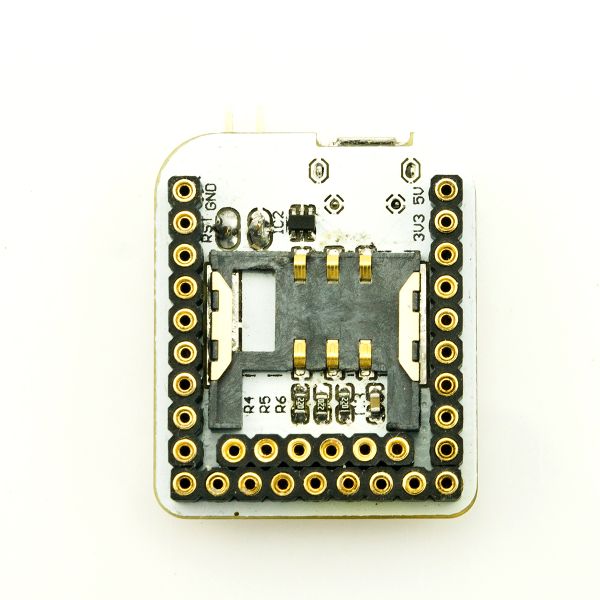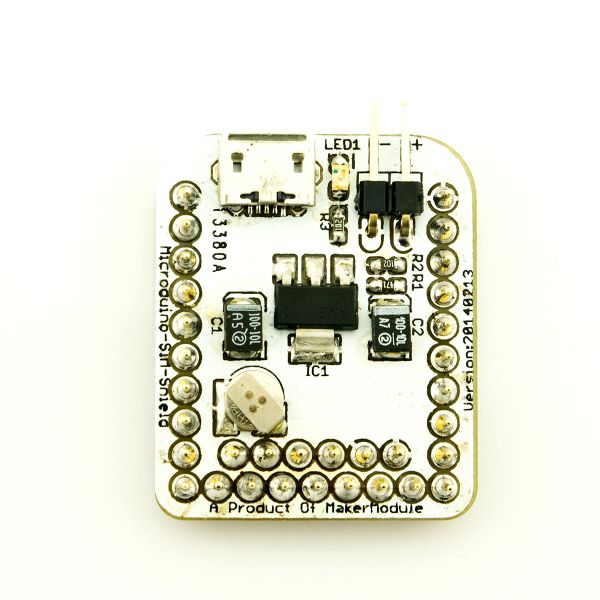Difference between revisions of "Microduino-GPRS/GSM"
(→Specifications) |
|||
| Line 69: | Line 69: | ||
**After the input, just press the Enter key, it will remind you to write your message. | **After the input, just press the Enter key, it will remind you to write your message. | ||
**Just press the Enter key after the input, the sending process will be displayed and then you can see "COMPLETE". . | **Just press the Enter key after the input, the sending process will be displayed and then you can see "COMPLETE". . | ||
| + | |||
| + | ==FQA== | ||
| + | *Does this module can be used to make a voice phone? Any voice pin was picked out? | ||
| + | **This module can’t be made a voice phone, because it doesn’t have pin. | ||
| + | *Does this module can work with Core+ module? | ||
| + | **Yes. | ||
| + | *Does this module can use Arduino GSM library? | ||
| + | **Yes. | ||
| + | *Does this module can use to 3G? | ||
| + | **No, it only supports GPRS and GSM. | ||
| + | *How to power on this module? | ||
| + | **There are two methods: | ||
| + | ***Using the USB on attached module to supply the power, the voltage is 5V and the current MUST lager than 1A. | ||
| + | ***Using Li-ion battery on attached module to supply the power, the Li-ion should be 3.7V. | ||
| + | '''BM module can power on the Core module and other module, such as 10DOF, but don't suggest to power GPRS/GSM module, because it is a big power consumption module.''' | ||
==Purchase== | ==Purchase== | ||
Revision as of 13:32, 4 August 2014
| Language: | English • 中文 |
|---|
|
Microduino-GPRS/GSM module can get Microduino core board connected to the internet and achieve the function of sending and receiving messages when it is just inserted with a SIM card and follows some simple instructions. Contents[hide]Features
SpecificationsAdopt SIM800L module to support four-band GSM/GPRS, whose working band is:GSM850, EGSM900, DCS1800 and PCS1900MHz.
Document
DevelopmentYou can use GSM library to test, https://github.com/Microduino/Microduino_Tutorials/tree/master/Microduino_Libraries/_03_Microduino_GSM_SIM800L Note:This library only supports Microduino-core. ApplicationSending short messages through the example program in the library. Preparation
Debugging
FQA
BM module can power on the Core module and other module, such as 10DOF, but don't suggest to power GPRS/GSM module, because it is a big power consumption module. PurchaseHistoryPictureVideo |
